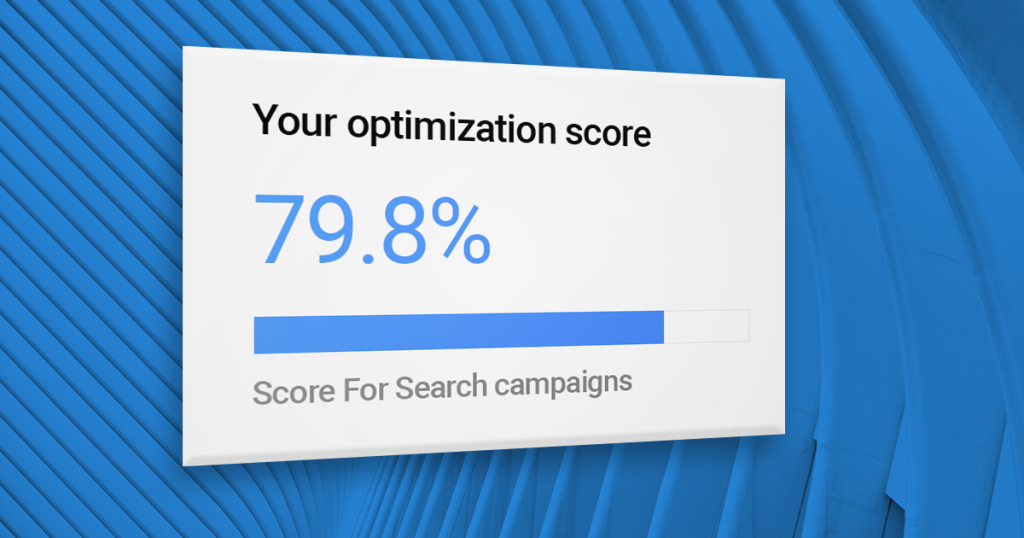Google is an essential platform for digital marketers everywhere and lately, they’ve been working on a lot of updates (nothing new, heh?). Not only can marketers manage ad campaigns, personalize ads based on user activity, and even measure ROI, but Google Analytics can also be used to track things like session duration, pages per session, and even the bounce rate of individuals using the site. Google Analytics sounds like every marketer’s dream, but some marketers have generated quite a bit of Google Analytics 4 backlash.
Why? Read on to find out more.
What Google Analytics 4 Brings to the Table
Since its release, Google Analytics has brought digital marketers a cohesive space for all of their ad-related needs. Google Analytics, now in its fourth generation, brings with it several new features that are taking the world of e-commerce by storm.
1. Get your money’s worth.
The first feature that Google Analytics 4 brings to marketers is that it will improve your ROI by helping you make smarter marketing decisions. For instance, because Google Analytics is based on advanced learning models, it can now alert you to important data trends.
This becomes important as it’s a great way to anticipate which products will trend in the future, thereby giving you a heads-up on what products to feature based on what customers actually want. Perhaps most importantly, Google Analytics 4 can predict future customer purchases, making it easy to anticipate and produce ad campaigns that are specially tailored to each individual.
Furthermore, Google Analytics 4 calculates churn probability so that you can keep the customers you already have when the market isn’t doing so well. As you may know, retention is important for your ROI – you want to not just make your money back, but you want to learn from their past, present, and future behaviors as well.
Another great way Google Analytics 4 will improve your ROI is through predictive metrics, which can determine how much revenue businesses can earn by marketing to specific groups. Not only does this broaden the audience to which your ads are being targeted, but it also allows marketers to reach customers with relevant, helpful experiences as opposed to a generalized ad campaign.
2. Acquisition, conversion, retention.
The new Google Analytics gives marketers and business owners a deeper insight than its previous version. Insights are now customer-centric, meaning that it uses many points of identity in order to give marketers a greater idea of how customers are interacting with your business or product. For instance, you can see how the user originally happened on your ad, and then whether or not they followed that link to purchase or if they looked up your company separately.
Google Analytics also keeps track of customers across every stage of their lifecycle, from acquisition to conversion to retention. No matter where you are in the customer journey, it’s important to take steps to understand how customer’s needs change over time, thus making it easier to market to them at every stage of the process.
3. Here for the Long Haul.
Consumer expectations are constantly changing, and so are their purchasing habits. Stay ahead of the curve and invest in Google Analytics 4 so that you’ll be prepared for whatever comes your way.
Best of all, Google Analytics is equipped for dealing with technology changes – whether it’s cookie elimination or changes in user privacy laws, Google Analytics 4 will adapt to whatever circumstances may occur. By using modeling where there are incomplete gaps in data, Google Analytics can offer the same amount of user tracking as before, in the same amount of depth.
Google Analytics 4 Backlash Reasons
If the new Analytics is so great, why all the Google Analytics 4 backlash, then?
Well, there are several reasons why some marketers and business owners might be skeptical of what Google Analytics has to offer.
Several marketers have complained that Google Analytics 4 is difficult to use as its interface is tailored to large enterprises and corporations, rather than small businesses. Common features are hard to locate within the user interface and this makes it difficult to access, especially for small business owners who don’t have a fully-fledged marketing team that is completely familiar and up to date with technology. Others think that Google Analytics’s interface is too complicated, which is turning off business owners and marketers who want simplicity and ease of access.
Another complaint is that third-party add-ons aren’t compatible with the new version of Google Analytics, which is inconvenient for markets that use multiple marketing platforms to run their campaigns.
Users also feel as though Google Analytics 4 is still in its development phase, as it’s not completely error-free and it’s frustrating users all over the internet.
Conclusion
The emergence of Google Analytics 4 has created two polarizing camps of marketers – those who believe that Google Analytics 4 is great, and, well, those who generated all the Google Analytics 4 backlash you might’ve noticed recently.
Whether you’re continuing to use Google Analytics as a way to track your ad campaigns, or if you want to try a new platform completely, the choice is yours. Whatever you decide, the internet will support your decision – and you’ll learn a lot about yourself, your business, and your customers as well.



